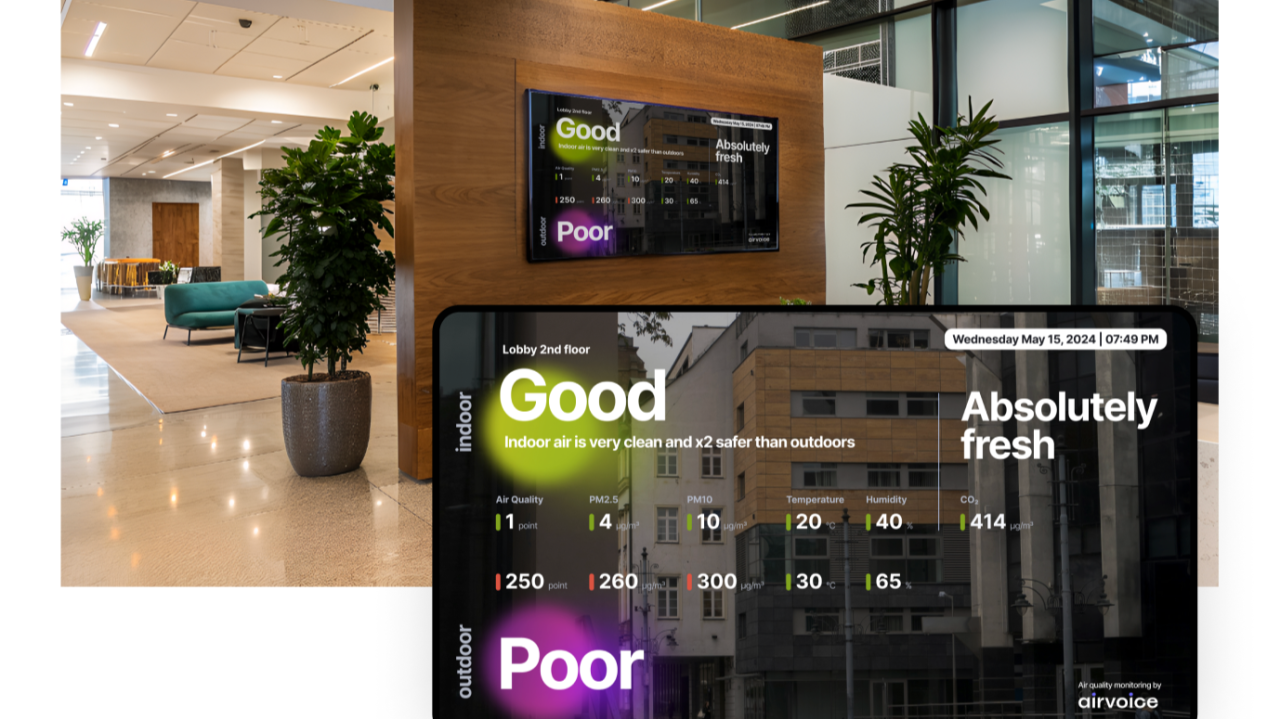Here we are again, bringing you valuable insights about hyperlocal air quality monitoring networks.
Today, let’s dive into electrochemical sensors, which play a crucial role in continuous ambient air quality monitoring stations, measuring the levels of gas impurities in the air.
One key point to understand is that these sensors are cross-sensitive. Their measurements aren’t solely influenced by the specific gas they’re meant to detect. Other gases in the air, as well as environmental factors like temperature and humidity, can also affect their readings.
For instance, to accurately measure the concentration of hydrogen sulfide (H2S), you also need to consider data about nitrogen oxides and carbon monoxide (NOx, CO). And during periods of high concentrations, even sulfur dioxide (SO2) can influence the readings. Additionally, sulfur dioxide levels are affected by ozone concentrations, creating a chain of dependencies. Complicated? Perhaps, but understanding the physical fundamentals and having seasoned experience untangles the threads.
To make things clearer, we’ve compiled a table outlining these connections. Some of this information might not be readily available in manufacturer documents. That’s why we’re committed to thorough, long-term investigations to ensure accuracy.
Let’s return to the example of monitoring H2S and SO2. To obtain reliable measurements using continuous air quality monitoring stations, it’s essential to have nitrogen oxide, carbon monoxide, and ozone sensors in place. Calibrating these sensors involves accounting for all cross-dependencies, including temperature and humidity.
To summarize, electrochemical sensors are invaluable for monitoring air quality, but they only perform best when handled by experts. We’ve rigorously tested sensors in our lab and discussed our findings with the manufacturers — and they’ve confirmed our results.
Today, let’s dive into electrochemical sensors, which play a crucial role in continuous ambient air quality monitoring stations, measuring the levels of gas impurities in the air.
One key point to understand is that these sensors are cross-sensitive. Their measurements aren’t solely influenced by the specific gas they’re meant to detect. Other gases in the air, as well as environmental factors like temperature and humidity, can also affect their readings.
For instance, to accurately measure the concentration of hydrogen sulfide (H2S), you also need to consider data about nitrogen oxides and carbon monoxide (NOx, CO). And during periods of high concentrations, even sulfur dioxide (SO2) can influence the readings. Additionally, sulfur dioxide levels are affected by ozone concentrations, creating a chain of dependencies. Complicated? Perhaps, but understanding the physical fundamentals and having seasoned experience untangles the threads.
To make things clearer, we’ve compiled a table outlining these connections. Some of this information might not be readily available in manufacturer documents. That’s why we’re committed to thorough, long-term investigations to ensure accuracy.
Let’s return to the example of monitoring H2S and SO2. To obtain reliable measurements using continuous air quality monitoring stations, it’s essential to have nitrogen oxide, carbon monoxide, and ozone sensors in place. Calibrating these sensors involves accounting for all cross-dependencies, including temperature and humidity.
To summarize, electrochemical sensors are invaluable for monitoring air quality, but they only perform best when handled by experts. We’ve rigorously tested sensors in our lab and discussed our findings with the manufacturers — and they’ve confirmed our results.










